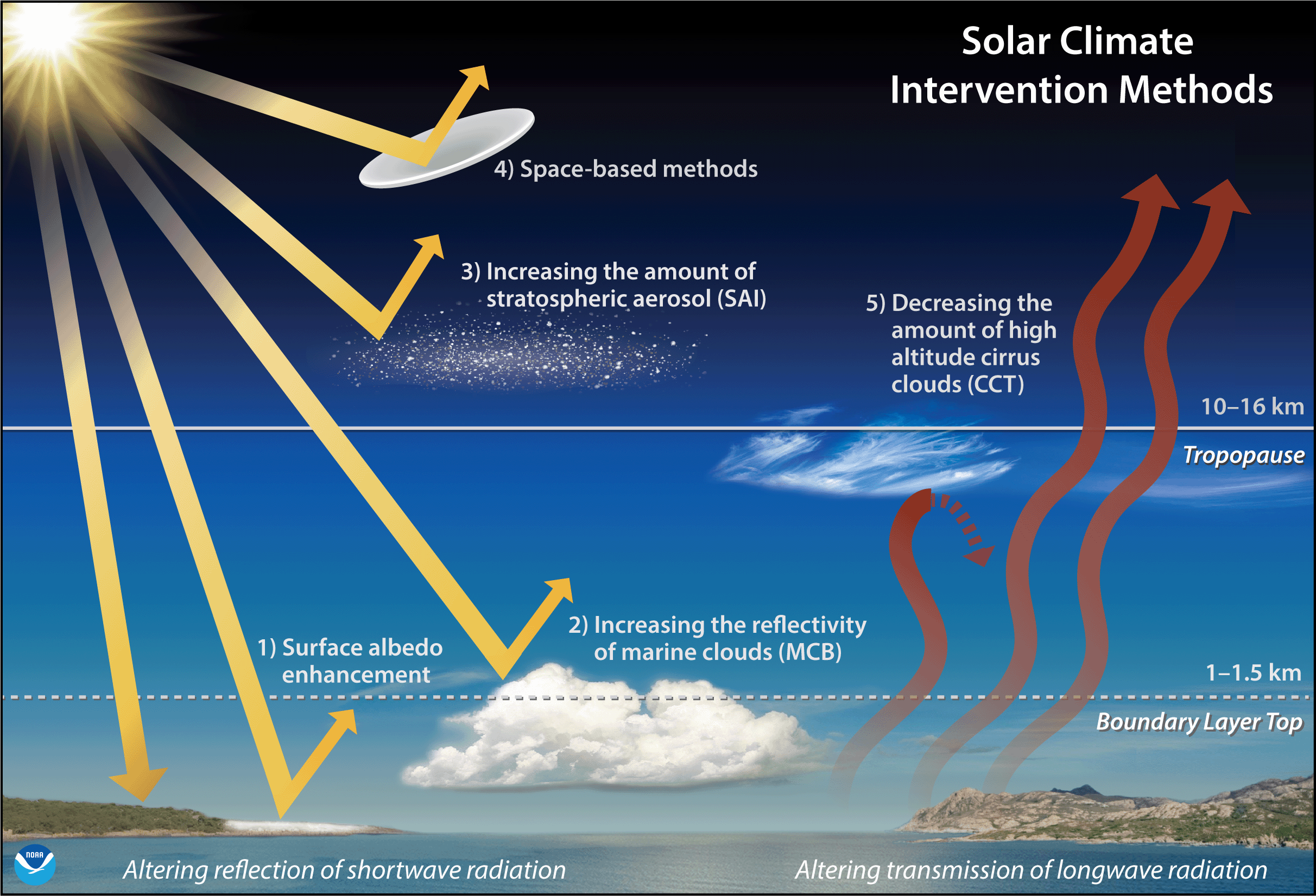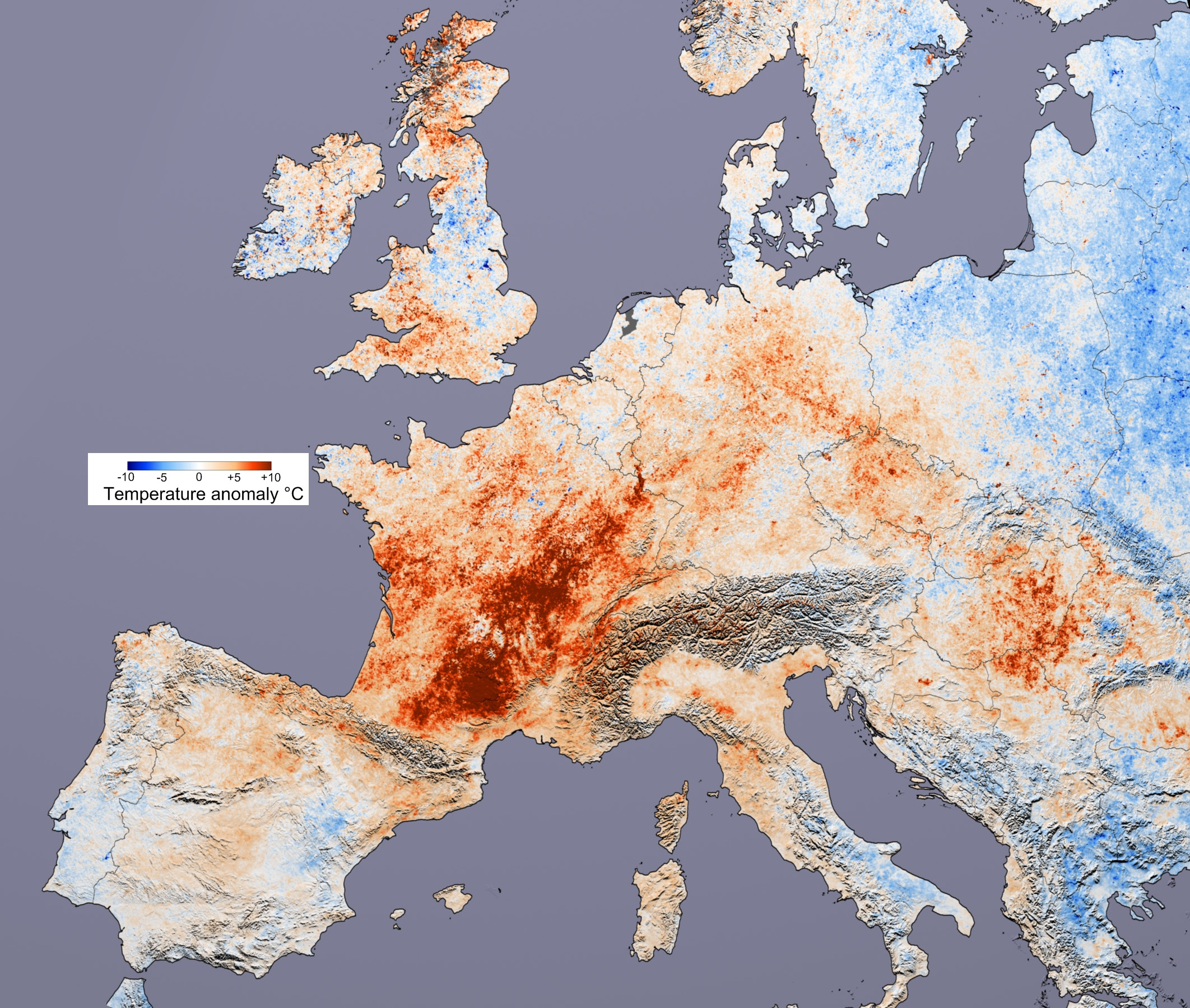|
Early-warning
An early warning system is a warning system that can be implemented as a chain of information communication systems and comprises sensors, event detection and decision subsystems for early identification of hazards. They work together to forecast and signal disturbances that adversely affect the stability of the physical world, providing time for the response system to prepare for the adverse event and to minimize its impact. To be effective, early warning systems need to actively involve the communities at risk, facilitate public education and awareness of risks, effectively disseminate alerts, and warnings and ensure there is constant state of preparedness. A complete and effective early warning system supports four main functions: risk analysis, monitoring and warning; dissemination and communication; and a response capability. Application Risk analysis involves systematically collecting data and undertaking risk assessments of predefined hazards and vulnerabilities. Monitor ... [...More Info...] [...Related Items...] OR: [Wikipedia] [Google] [Baidu] |
Early-warning Radar
An early-warning radar is any radar system used primarily for the long-range detection of its targets, i.e., allowing defences to be alerted as ''early'' as possible before the intruder reaches its target, giving the air defences the maximum time in which to operate. This contrasts with systems used primarily for tracking or gun laying, which tend to offer shorter ranges but offer much higher accuracy. EW radars tend to share a number of design features that improve their performance in the role. For instance, EW radar typically operates at lower frequencies, and thus longer wavelengths, than other types. This greatly reduces their interaction with rain and snow in the air, and therefore improves their performance in the long-range role where their coverage area will often include precipitation. This also has the side-effect of lowering their optical resolution, but this is not important in this role. Likewise, EW radars often use much lower pulse repetition frequency to maximi ... [...More Info...] [...Related Items...] OR: [Wikipedia] [Google] [Baidu] |
Airborne Early Warning And Control
An airborne early warning and control (AEW&C) system is an airborne radar early warning system designed to detect aircraft, ships, vehicles, missiles and other incoming projectiles at long ranges, as well as performing command and control of the battlespace in aerial warfare, aerial engagements by informing and directing friendly fighter aircraft, fighter and attack aircraft. AEW&C units are also used to carry out aerial surveillance airborne ground surveillance, over ground and maritime surveillance, maritime targets, and frequently perform battle management command and control (BMC2). When used at altitude, the radar system on AEW&C aircraft allows the operators to detect, track and prioritize targets and identify friendly aircraft from hostile ones in real-time and from much farther away than ground-based radars. Like ground-based radars, AEW&C systems can be detected and targeted by opposing forces, but due to aircraft mobility and extended sensor range, they are much less vul ... [...More Info...] [...Related Items...] OR: [Wikipedia] [Google] [Baidu] |
Pandemic Prevention
Pandemic prevention is the organization and management of preventive measures against pandemics. Those include measures to reduce causes of new infectious diseases and measures to prevent outbreaks and epidemics from becoming pandemics. It is not to be mistaken for Pandemic#Prevention and preparedness, pandemic preparedness or mitigation (e.g. Treatment and management of COVID-19, against COVID-19) which largely seek to mitigate the magnitude of negative effects of pandemics, although the topics may overlap with pandemic prevention in some respects. Pandemics typically arise naturally from interactions between humans and animals, but emerging technologies are also expected to facilitate the synthesis and enhancement of dangerous pathogens, making bioterrorism and laboratory accidents emerging threats. Pandemic prevention measures include early detection systems, international coordination with information sharing, laboratory biosafety protocols, oversight of gain-of-function rese ... [...More Info...] [...Related Items...] OR: [Wikipedia] [Google] [Baidu] |
List Of Nuclear Close Calls
A nuclear close call is an incident that might have led to at least one nuclear explosion, but did not. They can be split into intentional use and unintentional use close calls. Intentional use close calls may occur during increased military tensions involving one or more nuclear states. They may be a threat made by the state, or an attack upon the state. They may also come from nuclear terrorism. Unintentional use close calls may occur due to equipment failure. Common examples are strategic bombers accidentally dropping or crashing with nuclear bombs, or early warning systems mistaking phenomena such as weather events or non-nuclear rocket launches for an ICBM first strike and therefore recommending a second strike. Though exact details on many nuclear close calls are hard to come by, the analysis of particular cases has highlighted the importance of a variety of factors in preventing accidents. At an international level, this includes the importance of context and outsi ... [...More Info...] [...Related Items...] OR: [Wikipedia] [Google] [Baidu] |
Detecting Earth From Distant Star-based Systems
There are several methods currently used by astronomers to detect distant exoplanets from Earth. Theoretically, some of these methods can be used to detect Earth as an exoplanet from distant star systems. History In June 2021, astronomers identified 1,715 stars (with likely related exoplanetary systems) within 326 light-years (100 parsecs) that have a favorable positional vantage point—in relation to the Earth Transit Zone (ETZ)—of detecting Earth as an exoplanet transiting the Sun since the beginnings of human civilization (about 5,000 years ago); an additional 319 stars are expected to arrive at this special vantage point in the next 5,000 years. Seven known exoplanet hosts, including Ross 128, may be among these stars. Teegarden's Star and Trappist-1 may be expected to see the Earth in 29 and 1,642 years, respectively. Radio waves, emitted by humans, have reached over 75 of the closest stars that were studied. In June 2021, astronomers reported identifying 29 planets in ... [...More Info...] [...Related Items...] OR: [Wikipedia] [Google] [Baidu] |
2004 Indian Ocean Earthquake And Tsunami
On 26 December 2004, at 07:58:53 local time ( UTC+7), a major earthquake with a magnitude of 9.2–9.3 struck with an epicentre off the west coast of Aceh in northern Sumatra, Indonesia. The undersea megathrust earthquake, known in the scientific community as the Sumatra–Andaman earthquake, was caused by a rupture along the fault between the Burma plate and the Indian plate, and reached a Mercalli intensity of IX in some areas. A massive tsunami with waves up to high, known as the Boxing Day Tsunami after the Boxing Day holiday, or as the Asian Tsunami, devastated communities along the surrounding coasts of the Indian Ocean, killing an estimated 227,898 people in 14 countries, violently in Aceh (Indonesia), and severely in Sri Lanka, Tamil Nadu (India), and Khao Lak (Thailand). The direct result was major disruption to living conditions and commerce in coastal provinces of surrounding countries. It is the deadliest natural disaster of the 21st century, one of the d ... [...More Info...] [...Related Items...] OR: [Wikipedia] [Google] [Baidu] |
Contaminants Of Emerging Concern
Contaminants of emerging concern (CEC) is a term used by water quality professionals to describe water pollution, pollutants that have been detected in environmental monitoring samples, that may cause ecological or human health impacts, and typically are not regulated under current environmental laws. Sources of these pollutants include agricultural pollution, agriculture, urban runoff and ordinary household products (such as soaps and disinfectants) and pharmaceuticals that are disposed to sewage treatment plants and subsequently discharged to surface waters. CEC include different substances like pharmaceuticals, personal care products, industrial byproducts, and agricultural chemicals. These substances often bypass regular detection and treatment processes, leading to their unintended persistence in the environment. The complexity of CEC arises not only from their different chemical nature but also from the complex ways they interact with ecosystems and human health. As such, they ... [...More Info...] [...Related Items...] OR: [Wikipedia] [Google] [Baidu] |
Environment Agency
The Environment Agency (EA) is a non-departmental public body, established in 1996 and sponsored by the United Kingdom government's Department for Environment, Food and Rural Affairs, with responsibilities relating to the protection and enhancement of the environment (biophysical), environment in England (and until 2013 also Wales). Based in Bristol, the Environment Agency is responsible for flood management, waste management, regulating land and water pollution, and conservation. Roles and responsibilities Purpose The Environment Agency's stated purpose is, "to protect or enhance the environment, taken as a whole" so as to promote "the objective of achieving sustainable development" (taken from the Environment Act 1995, section 4). Protection of the environment relates to threats such as flood and pollution. The vision statement, vision of the agency is of "a rich, healthy and diverse environment for present and future generations". Scope The Environment Agency's remit c ... [...More Info...] [...Related Items...] OR: [Wikipedia] [Google] [Baidu] |
Environmental Degradation
Environment most often refers to: __NOTOC__ * Natural environment, referring respectively to all living and non-living things occurring naturally and the physical and biological factors along with their chemical interactions that affect an organism or a group of organisms Other physical and cultural environments *Ecology, the branch of ethology that deals with the relations of organisms to one another and to their physical surroundings *Environment (systems), the surroundings of a physical system that may interact with the system by exchanging mass, energy, or other properties. *Built environment, constructed surroundings that provide the settings for human activity, ranging from the large-scale civic surroundings to the personal places *Social environment, the culture that an individual lives in, and the people and institutions with whom they interact *Market environment, business term Arts, entertainment and publishing * Environment (magazine), ''Environment'' (magazine), a p ... [...More Info...] [...Related Items...] OR: [Wikipedia] [Google] [Baidu] |
Chemical Substance
A chemical substance is a unique form of matter with constant chemical composition and characteristic properties. Chemical substances may take the form of a single element or chemical compounds. If two or more chemical substances can be combined without reacting, they may form a chemical mixture. If a mixture is separated to isolate one chemical substance to a desired degree, the resulting substance is said to be chemically pure. Chemical substances can exist in several different physical states or phases (e.g. solids, liquids, gases, or plasma) without changing their chemical composition. Substances transition between these phases of matter in response to changes in temperature or pressure. Some chemical substances can be combined or converted into new substances by means of chemical reactions. Chemicals that do not possess this ability are said to be inert. Pure water is an example of a chemical substance, with a constant composition of two hydrogen atoms bo ... [...More Info...] [...Related Items...] OR: [Wikipedia] [Google] [Baidu] |
Solar Radiation Modification
Solar radiation modification (SRM) (or solar geoengineering) is a group of large-scale approaches to reduce global warming by increasing the amount of sunlight that is reflected away from Earth and back to space. It is not intended to replace efforts to reduce greenhouse gas emissions, but rather to complement them as a potential way to limit global warming. SRM is a form of geoengineering. The most-researched SRM method is stratospheric aerosol injection (SAI), in which small reflective particles would be introduced into the upper atmosphere to reflect sunlight. Other approaches include marine cloud brightening (MCB), which would increase the reflectivity of clouds over the oceans, or constructing a space sunshade or a space mirror, to reduce the amount of sunlight reaching earth. Climate models have consistently shown that SRM could reduce global warming and many effects of climate change, including some potential climate tipping points. However, its effects would vary b ... [...More Info...] [...Related Items...] OR: [Wikipedia] [Google] [Baidu] |
Extreme Weather
Extreme weather includes unexpected, unusual, severe weather, severe, or unseasonal weather; weather at the extremes of the historical distribution—the range that has been seen in the past. Extreme events are based on a location's recorded weather history. The main types of extreme weather include heat waves, cold waves, droughts, and heavy precipitation or storm events, such as tropical cyclones. Extreme weather can have various effects, from natural hazards such as floods and landslides to social costs on human health and the economy. Severe weather is a particular type of extreme weather which poses risks to life and property. Weather patterns in a given region vary with time, and so extreme weather can be attributed, at least in part, to the natural Climate variability and change, climate variability that exists on Earth. For example, the El Niño–Southern Oscillation, El Niño-Southern Oscillation (ENSO) or the North Atlantic oscillation (NAO) are climate phenomena that i ... [...More Info...] [...Related Items...] OR: [Wikipedia] [Google] [Baidu] |










